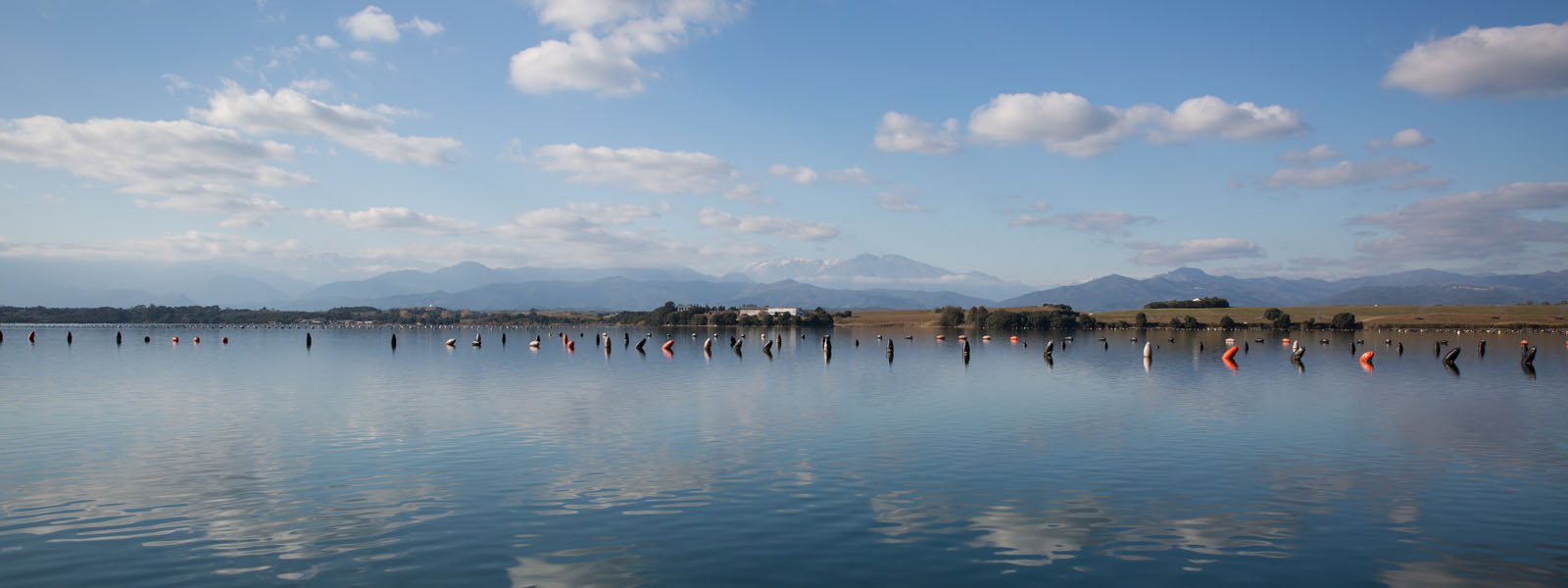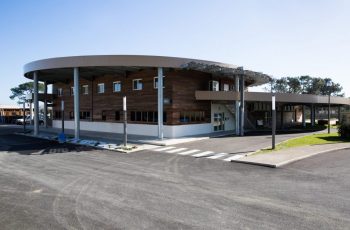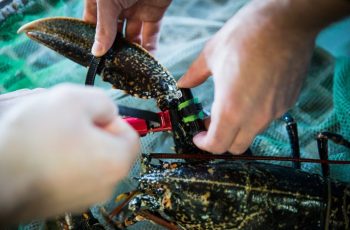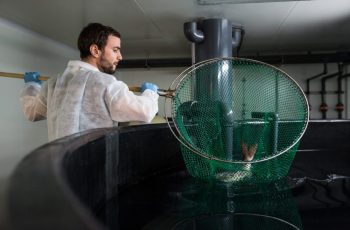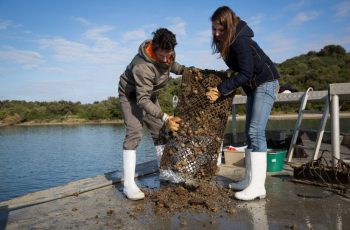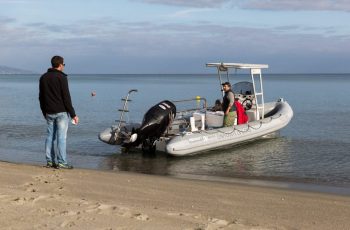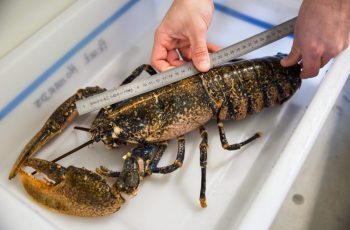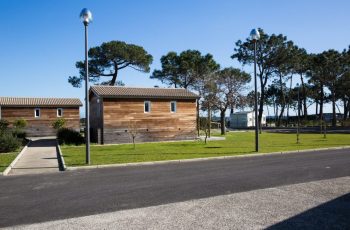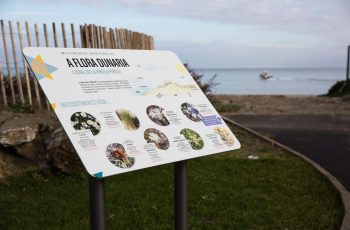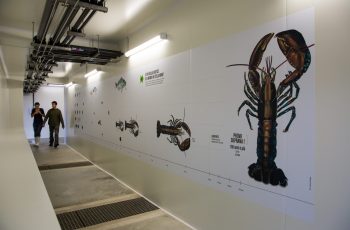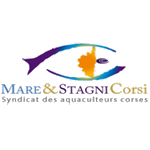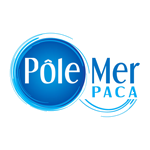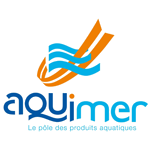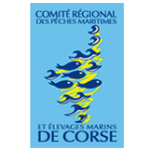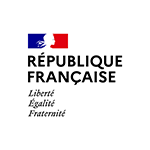Scientific services and raising awareness in young audiences.
Beyond research and the transfer of technology, STELLA MARE also has an educational responsibility.
In partnership with specialized associations (certified Permanent Center of Environmental Initiatives and the UNESCO), the platform welcomes elementary school, middle school and high school classes for learning programs developed specifically as educational assets.
On the platform, visiting students discover species to be studied through lighting effects, tactile pools, detailed learning panels, and graphic friezes; it is science in action, to show the specificities of the Mediterranean and its natural heritage. This is an important part of the University of Corsica’s work on the platform.
More than 50 people work on the site daily. Technicians, engineers, teachers-researchers, computer specialists … the profiles are varied. There is research, transfer of knowledge, raised awareness.
Within a complete environmentally-conscious structure, energy saving systems have been set up with special reversible air conditioning, using sea water, covering 51% of energy needs: economizing some 13 tons of CO2 a year.

